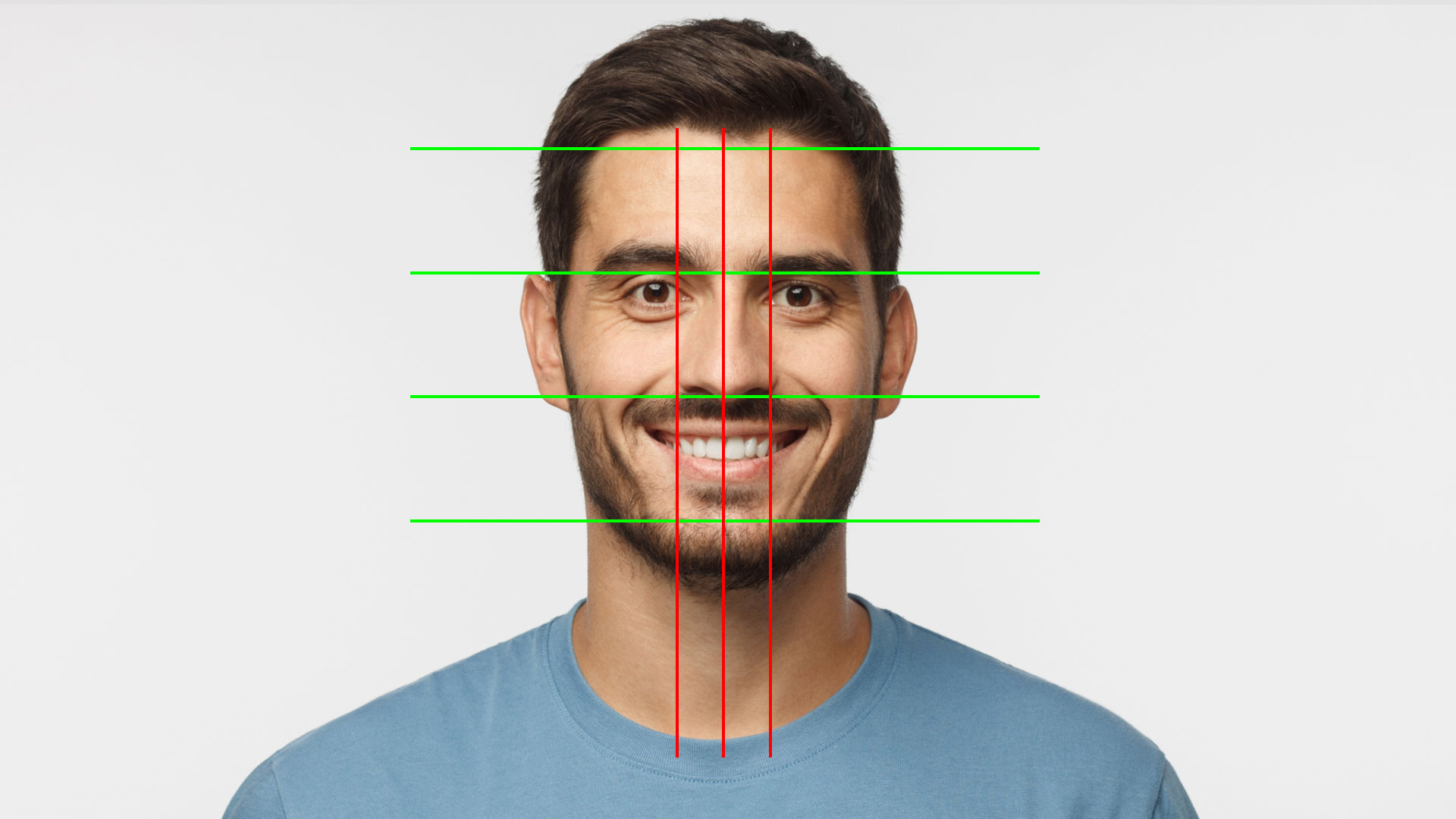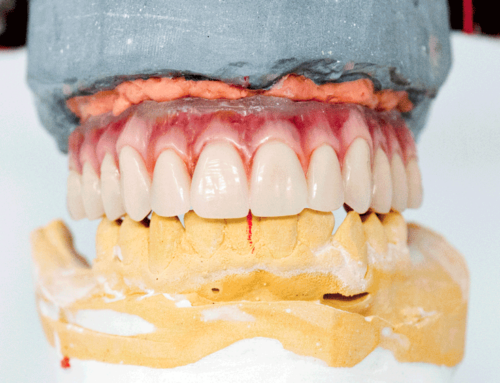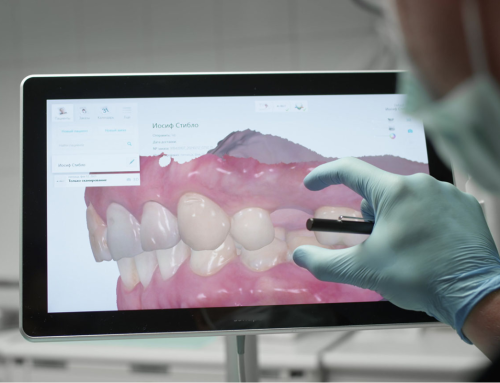Introduction
Facial proportions are paramount in the aesthetic evaluation used in dentistry, influencing decisions in orthodontic, prosthetic, and cosmetic interventions. As outlined in Prendergast’s study on facial aesthetics (Prendergast, 2012), understanding these proportions helps clinicians achieve outcomes that are not only functionally sound but also aesthetically pleasing.
The Importance of Facial Proportions
Symmetry and balance are fundamental in enhancing facial attractiveness, which are significantly influenced by mathematical proportions resembling the ancient Golden Ratio. These proportions are integral in dental practices as they guide the enhancement of oral aesthetics which affect the overall facial harmony.
Key Facial Markings and Proportions
Horizontal Thirds:
The face is divided into three horizontal segments from the hairline to the brow (upper third), from the brow to the base of the nose (middle third), and from the base of the nose to the bottom of the chin (lower third). These segments help assess facial balance which is critical in procedures like orthodontics where teeth alignment can impact facial aesthetics.
Vertical Fifths:
Vertically, the face is split into fifths. Each eye occupies one fifth, the width between the eyes another fifth, and the breadth of the nasal base the last fifth. These measurements are vital for ensuring that dental corrections respect the natural symmetry of the face (Prendergast, 2012).
Golden Ratio (Phi, φ):
The Golden Ratio, approximately 1.618, is used as a standard for aesthetic perfection. In facial aesthetics, it is applied to measure the ideal widths and heights of facial features. For instance, the width of the mouth is ideally φ times the width of the nose. Understanding and applying the Golden Ratio allows dental practitioners to design smiles that are naturally attractive (Prendergast, 2012).
Application in Dental Practice
- Orthodontics: Adjusting teeth alignment not only improves oral functions but also enhances the lower facial third which affects the presentation of the mouth and chin in relation to the overall facial proportion.
- Prosthodontics: In creating prostheses like dentures and crowns, maintaining adherence to facial proportions ensures that these artificial components do not disrupt facial symmetry.
- Cosmetic Dentistry: Procedures such as veneers and crowns should complement the underlying facial proportions to make enhancements appear natural.
Facial Analysis Tools
Dental professionals use tools such as photogrammetric analysis to accurately measure facial proportions. These tools offer a quantitative basis for making aesthetic decisions in dental care (Prendergast, 2012).
Conclusion
The principles of facial proportions are critical in aesthetic dentistry. By incorporating these standards, dental professionals can achieve results that enhance both the functionality and the overall aesthetic appeal of the patient’s facial features. This holistic approach ensures that dental enhancements improve the overall harmony and symmetry of the patient’s face, contributing positively to their appearance and self-esteem.
References
- Prendergast, P. M. (2012). Facial Proportions. In Erian, A., & Shiffman, M. A. (Eds.), Advanced Surgical Facial Rejuvenation. Springer-Verlag. DOI: 10.1007/978-3-642-17838-2_2. Facial Proportions Chapter.







